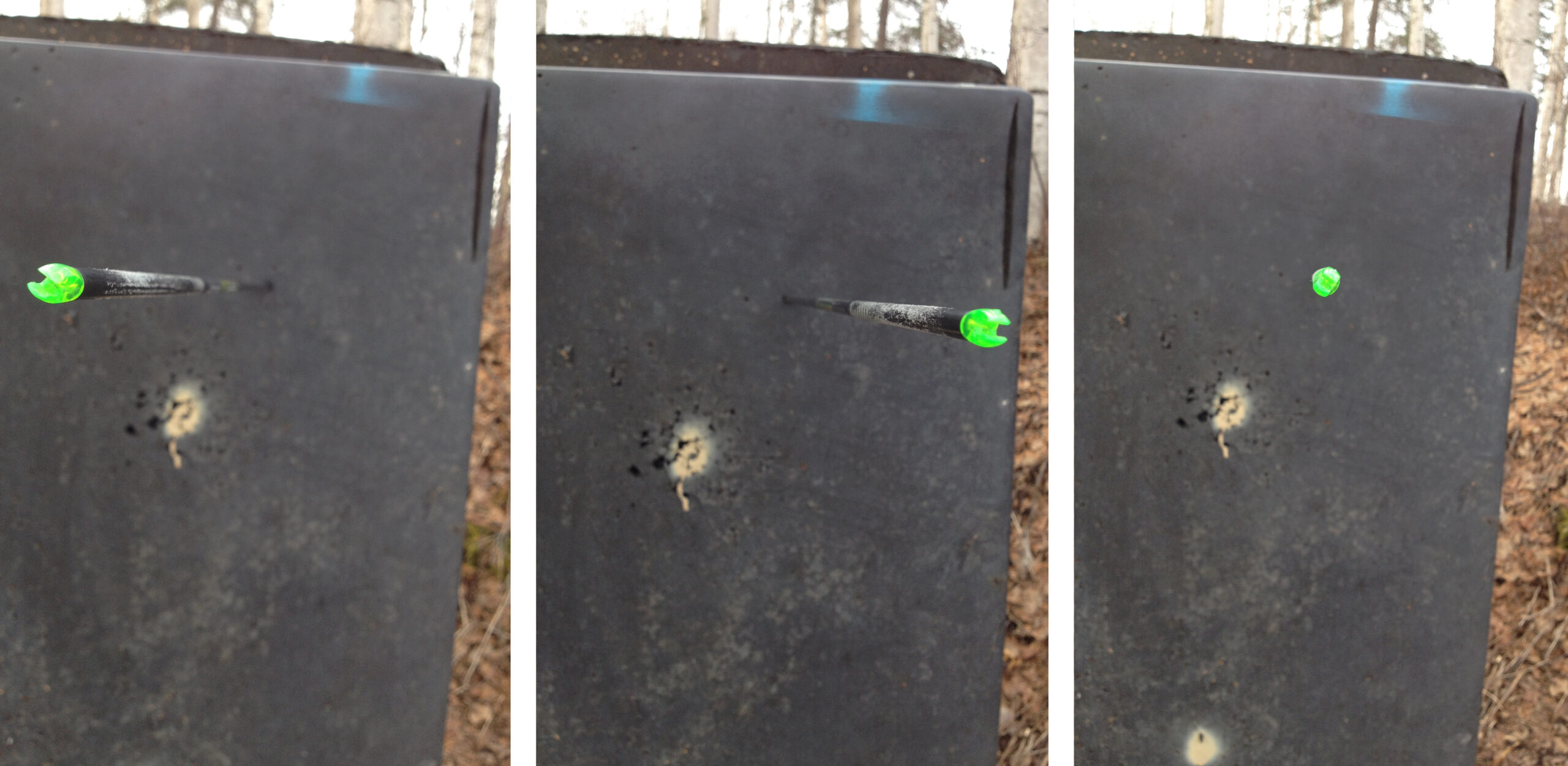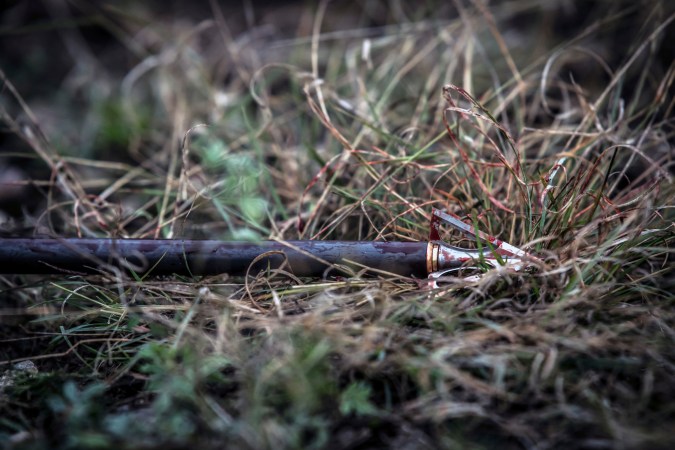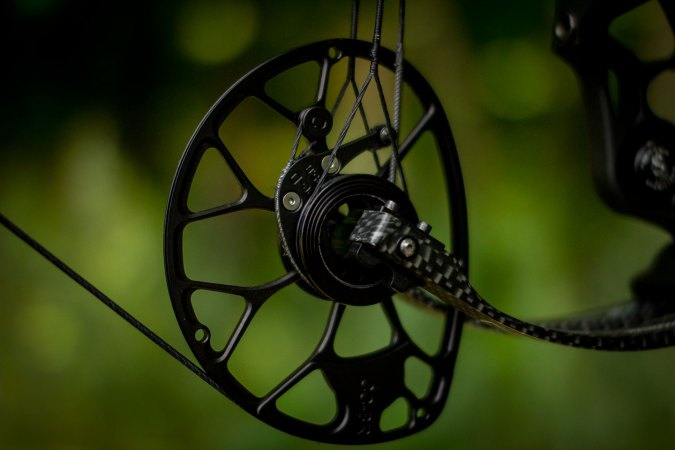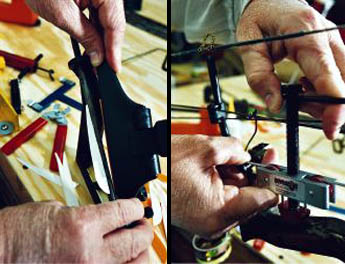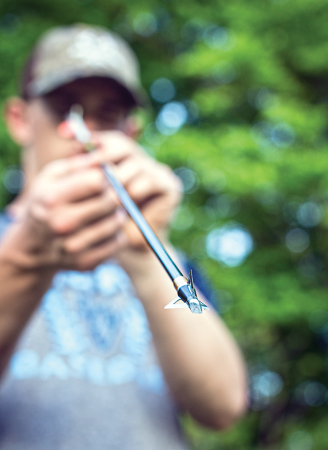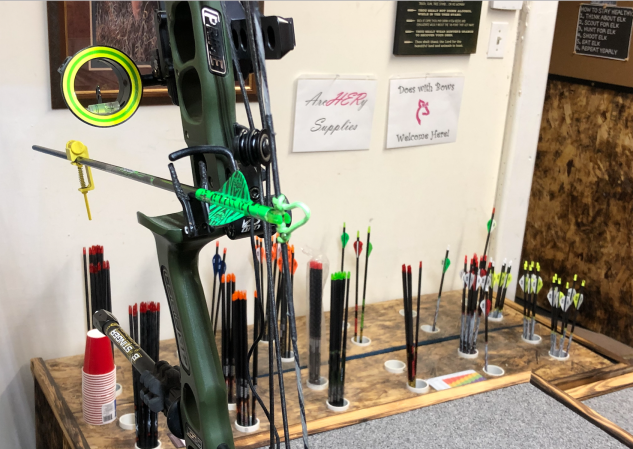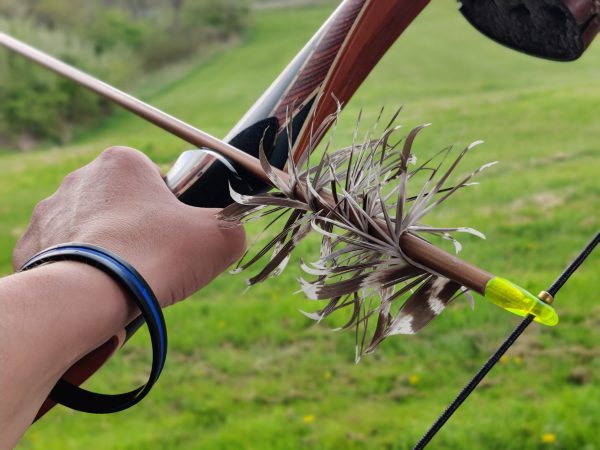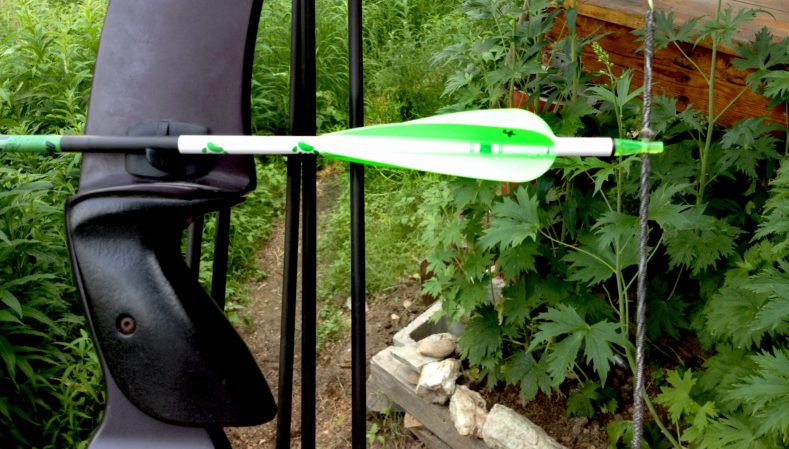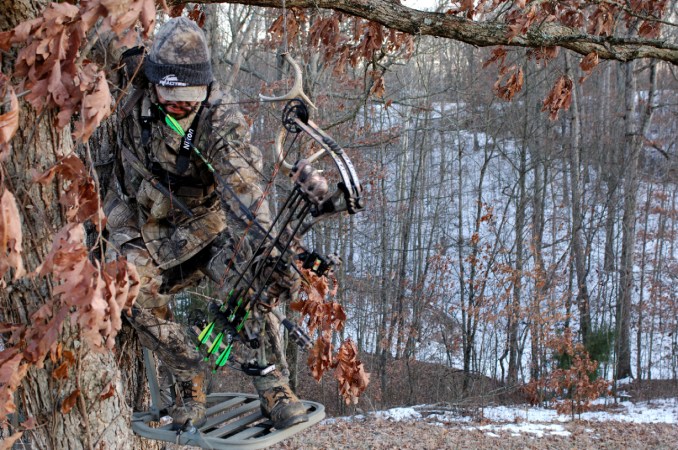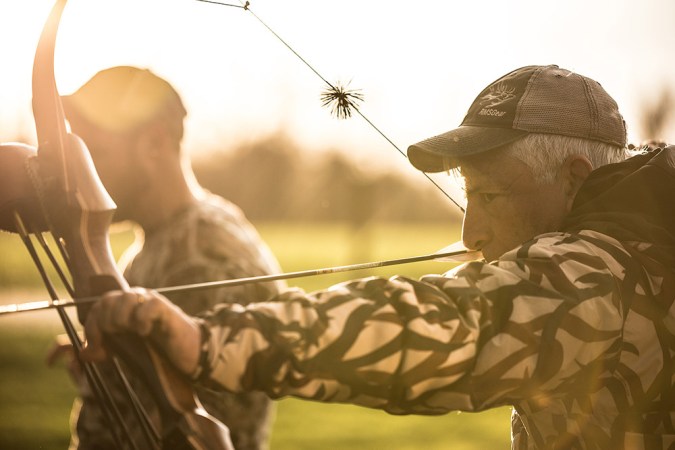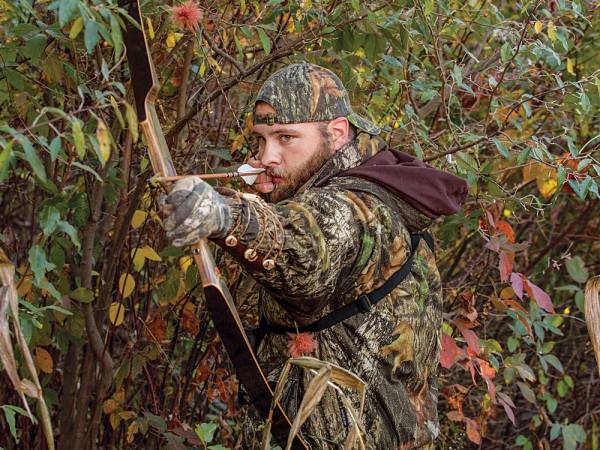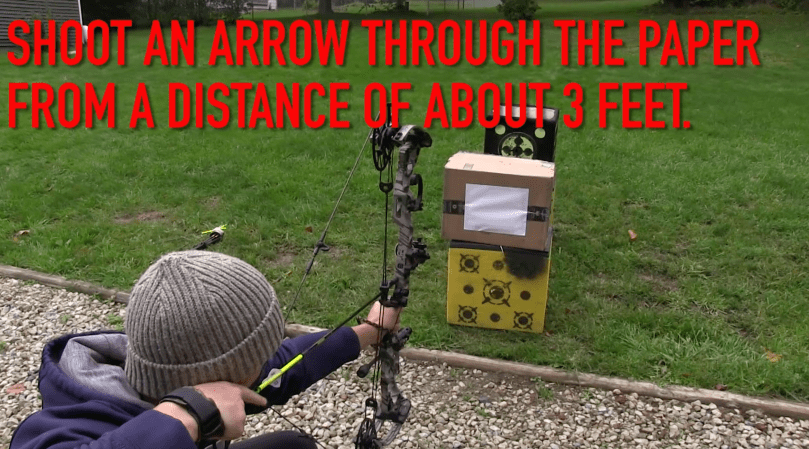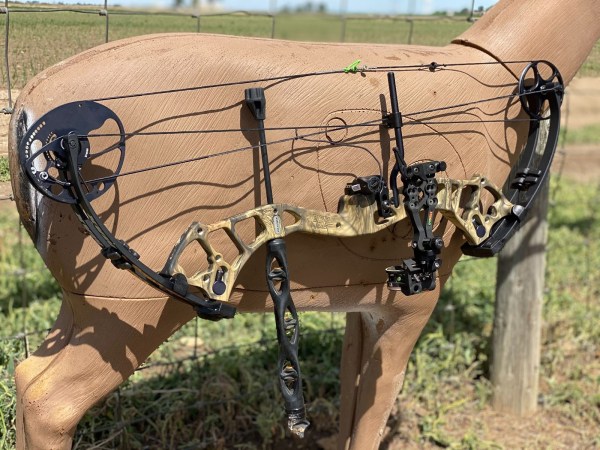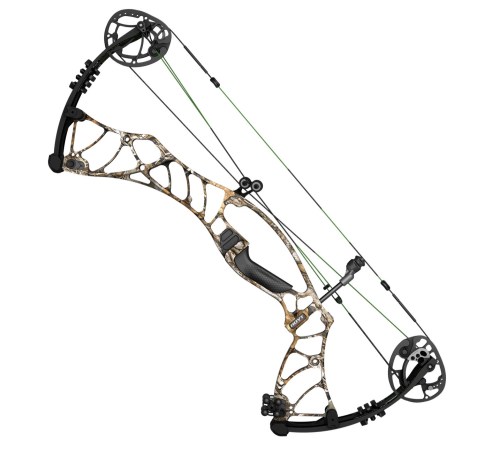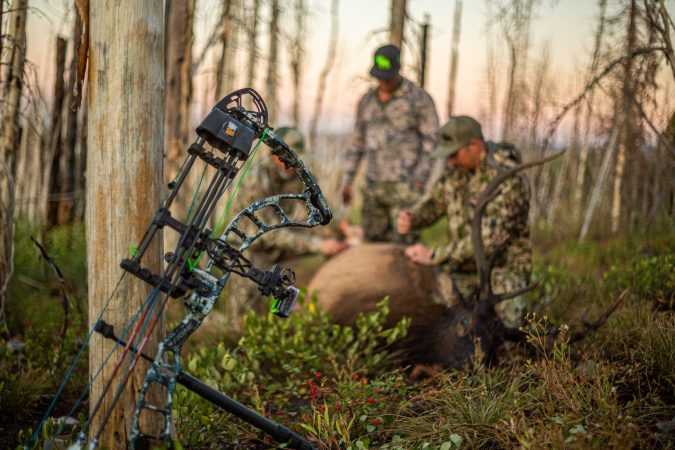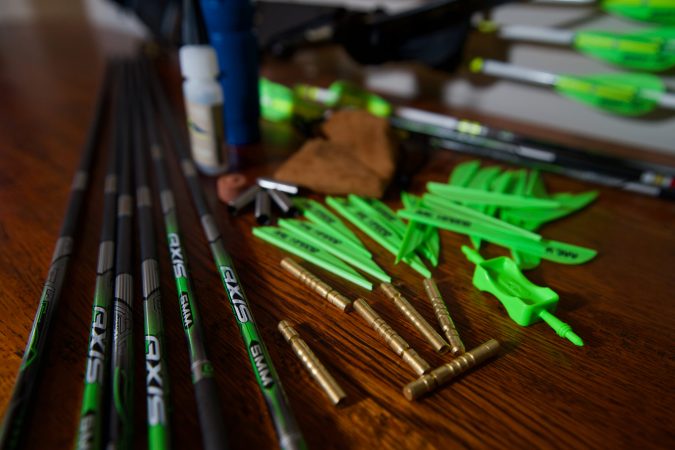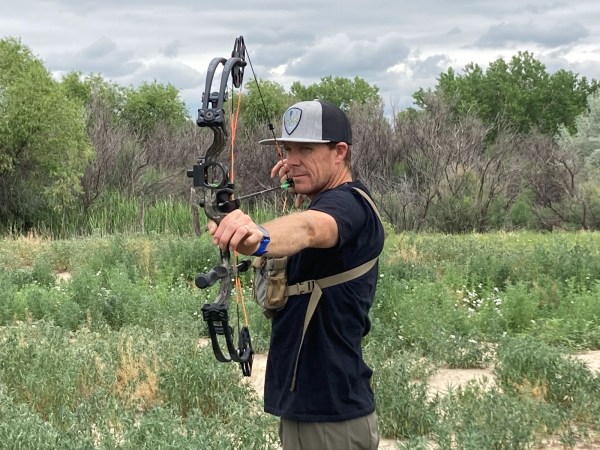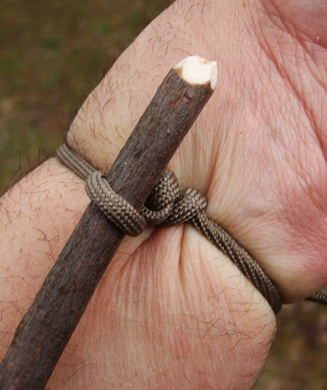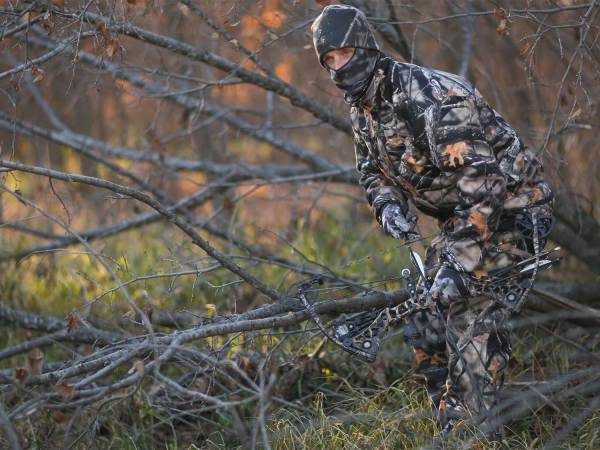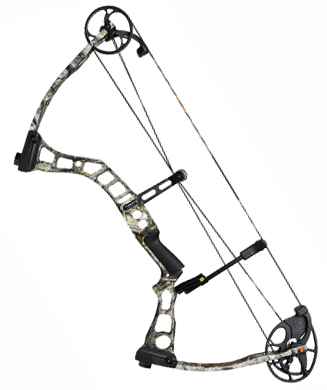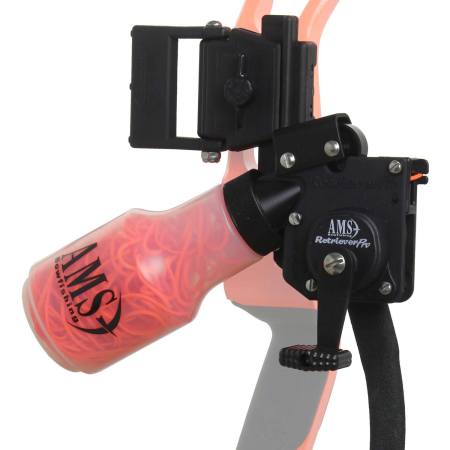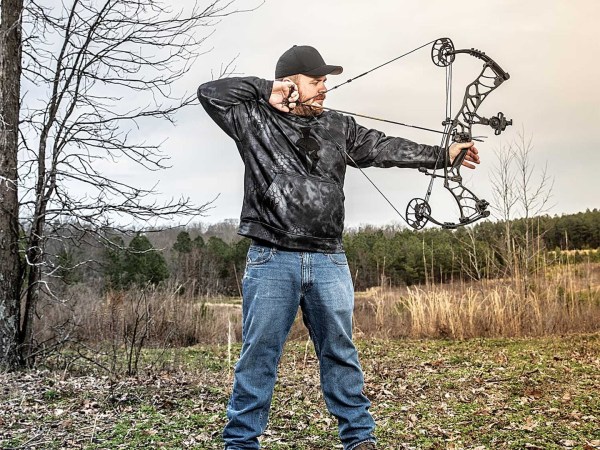We may earn revenue from the products available on this page and participate in affiliate programs. Learn More ›
There are a number of aspects that make shooting a long bow or a recurve significantly more difficult than shooting a compound. I would wager that most, if not all experienced “trad” shooters have more than once felt like pulling a Bo Jackson and snapping their bow over their thigh, head, or tree.
If you are one who has taken up the challenge, you know that in order to keep your traditional-archery shooting skills proficient, you must practice constantly. But one huge (and neglected) factor in improving your skills—and one that took me way longer to figure out than it should have—is learning how to properly tune your arrows.
It’s common knowledge that with a compound, keeping your bow tuned is essential, but with essentially a stick and string, what’s there to tune with a traditional set-up? With the bow itself, there isn’t much, just the brace height (the distance between the string and arrow rest or shelf). That can be adjusted by twisting or untwisting your string to either lengthen or shorten it. Most manufacturers have a recommended brace height, and I find that that usually works best.
The one thing you can tune that makes a world of difference is your arrows. The average bow-shop clerk will sell you the recommended shaft spine for your draw weight. Later, at the range, you will wonder why your arrows are flying funky or why they don’t go where you want them. The spine of an arrow is its measured value of flexibility per unit of length. However to be perfectly matched to your bow, the arrow length must also be correct. With the right spine rating and arrow length, the overall stiffness of your arrow will allow for a perfect archer’s paradox (the bending of the shaft around the riser) and ideal arrow flight.
Tuning your arrows is surprisingly easy. The first step is to start with a full-length shaft of the correct spine. I like to use one class stiffer than recommended. If the charts recommend 400 spine, I go with 340 (but every bow/draw length combination is different). Second, set up the unfletched shafts with a field point/insert with a combined weight that will equal your broadhead set up.
Next, I usually take three of these full-length bare shafts and shoot them at a target at around 10 yards. Initially, because of the longer shaft, the arrows should be “spine weak.” A weak-spined arrow will stick in the target with the nock pointing to the left (for a right-handed shooter; pointing right for a lefty). Then, remove the nocks, and begin cutting down the shaft from the rear to stiffen the arrow. I usually start with half-inch increments, then quarter-inch increments when I’m getting close. The goal is to have the unfletched shaft fly perfectly and stick straight out of the target. If you cut too much, the arrow will be too stiff and the nock will begin pointing towards the right (again, left for left-handed shooters). If tuned absolutely perfectly, a bare shaft will shoot true even at very long ranges.
Once you tune your arrows, you will likely notice a dramatic difference in how well the arrows fly, and they are much more forgiving to release errors. Arrows that are spined too weak or too stiff will fly erratically out of the bow, and although sometimes the fletching corrects flight after a few yards, any form or release mistakes are magnified. In my opinion, this is the biggest thing you can do equipment-wise to improve your shooting.

